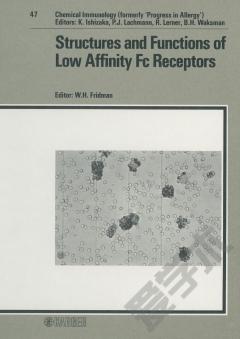Functionalization of Molecular Architectures —— Advances and Applications on Low-Dimensional Compounds
----- 分子结构的功能化:低维化合物进展与应用
Low-dimensional compounds are molecules that correspond to various shapes, such as rod, ladder (one-dimensional compounds), and sheet (two-dimensional compounds). They are ordinarily found in electromagnetic fields. Recently, versatile low-dimensional compounds were proposed for use as components of various functional materials. These new-class low-dimensional compounds contribute significantly to industrial/materials sciences. The molecular architecture consisting of low-dimensional compounds can also be found in nature. One example is the cell cytoskeleton, which is a network- or bundle-like architecture consisting of rod-like protein assemblies. The cell accomplishes its motility by structural transition of the cytoskeletonhat is, phase transition of the architecture of low-dimensional compounds in response to some stimuli induces shape changes in cells. Another example is nacre, which is composed of layered aragonite platelets, usually a metastable CaCO-3 polymorph. The layered inorganic platelets give nacre its stiffness and noncombustibility. Thus, the molecular architecture of low-dimensional compounds in natural life contributes to their functionality. This book reviews various advanced studies on the application of low-dimensional compounds and is, therefore, important for the development of materials sciences and industrial technologies.
{{comment.content}}








 京公网安备 11010802027623号
京公网安备 11010802027623号